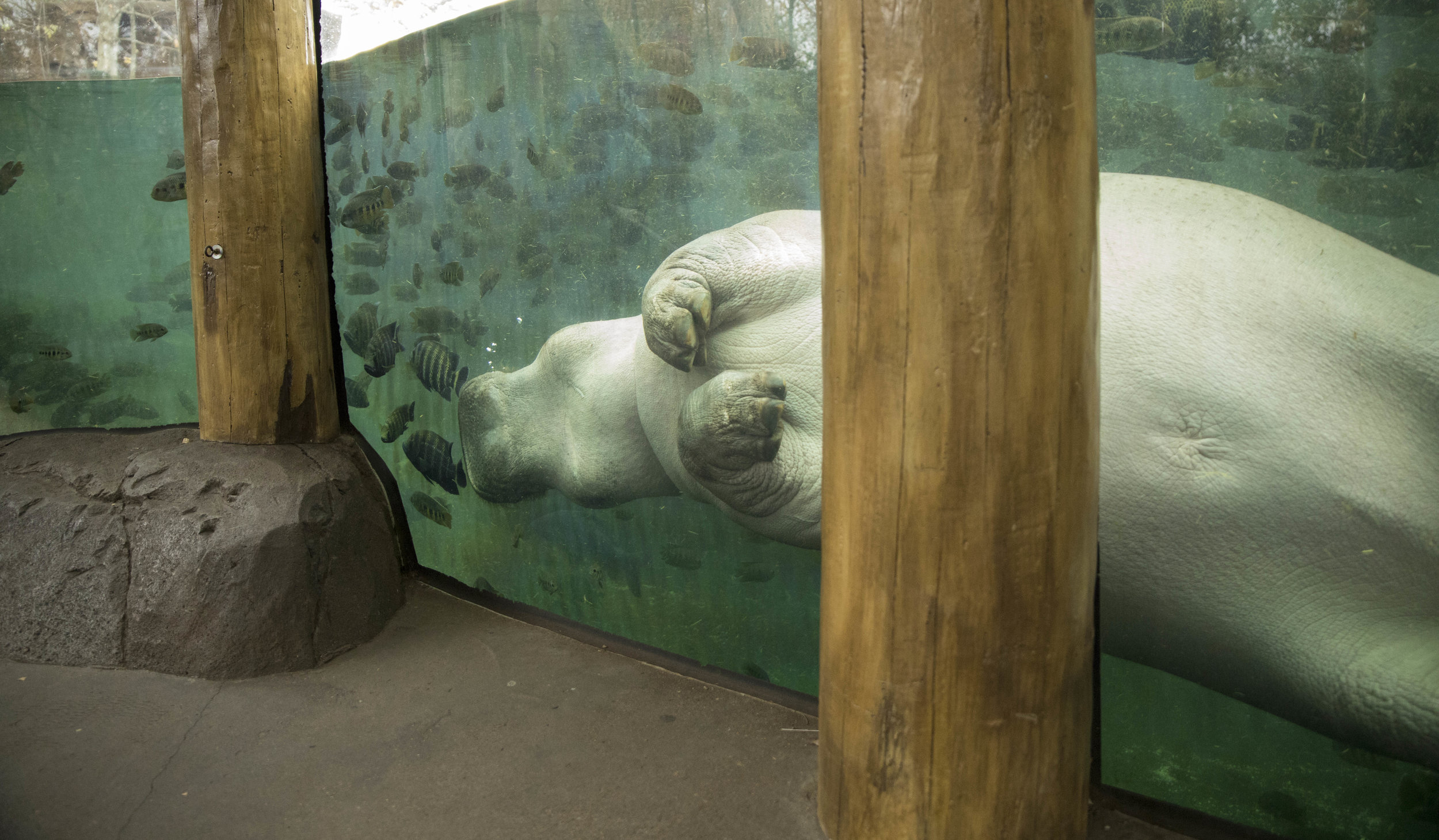How to Take Amazing Zoo Photos
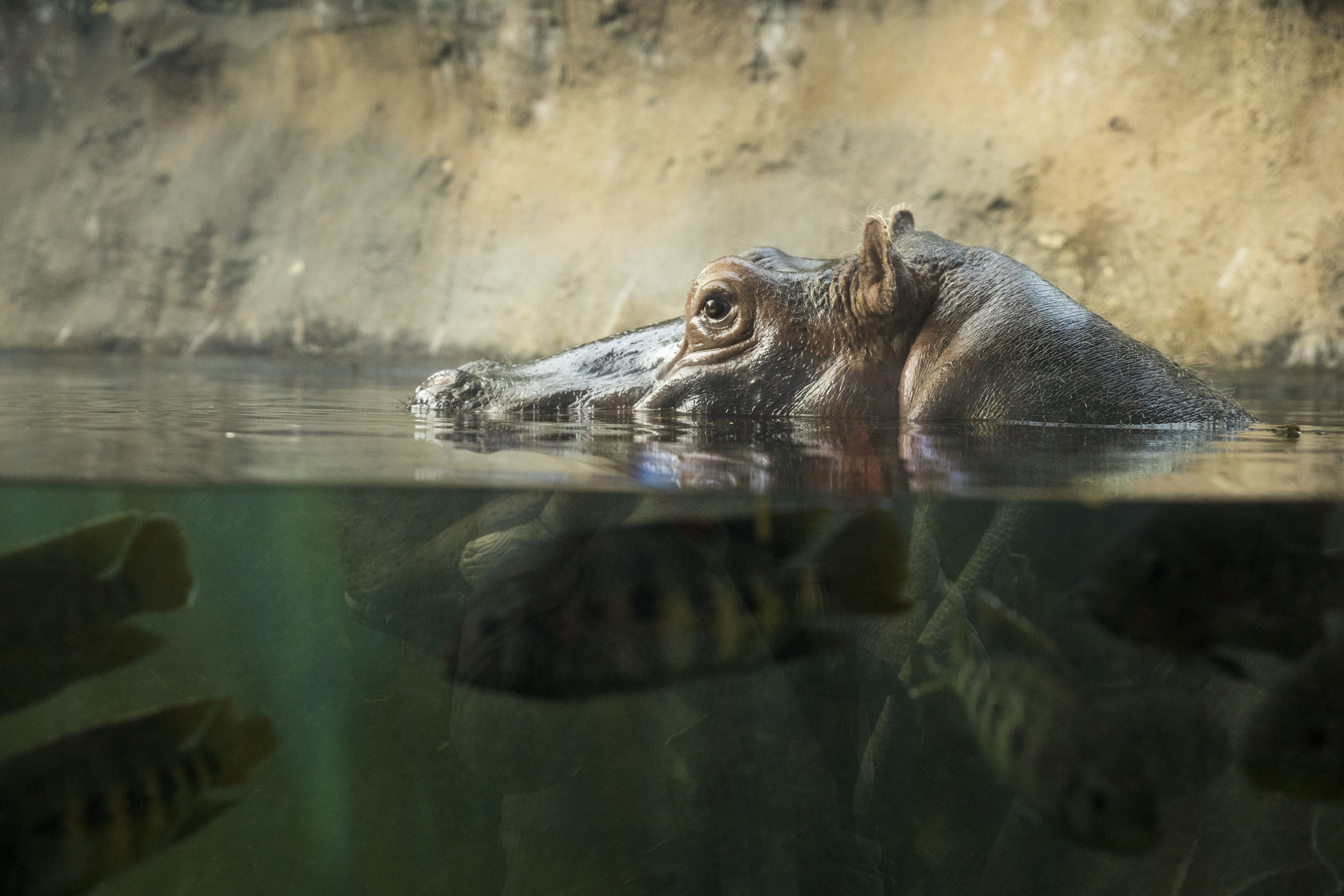
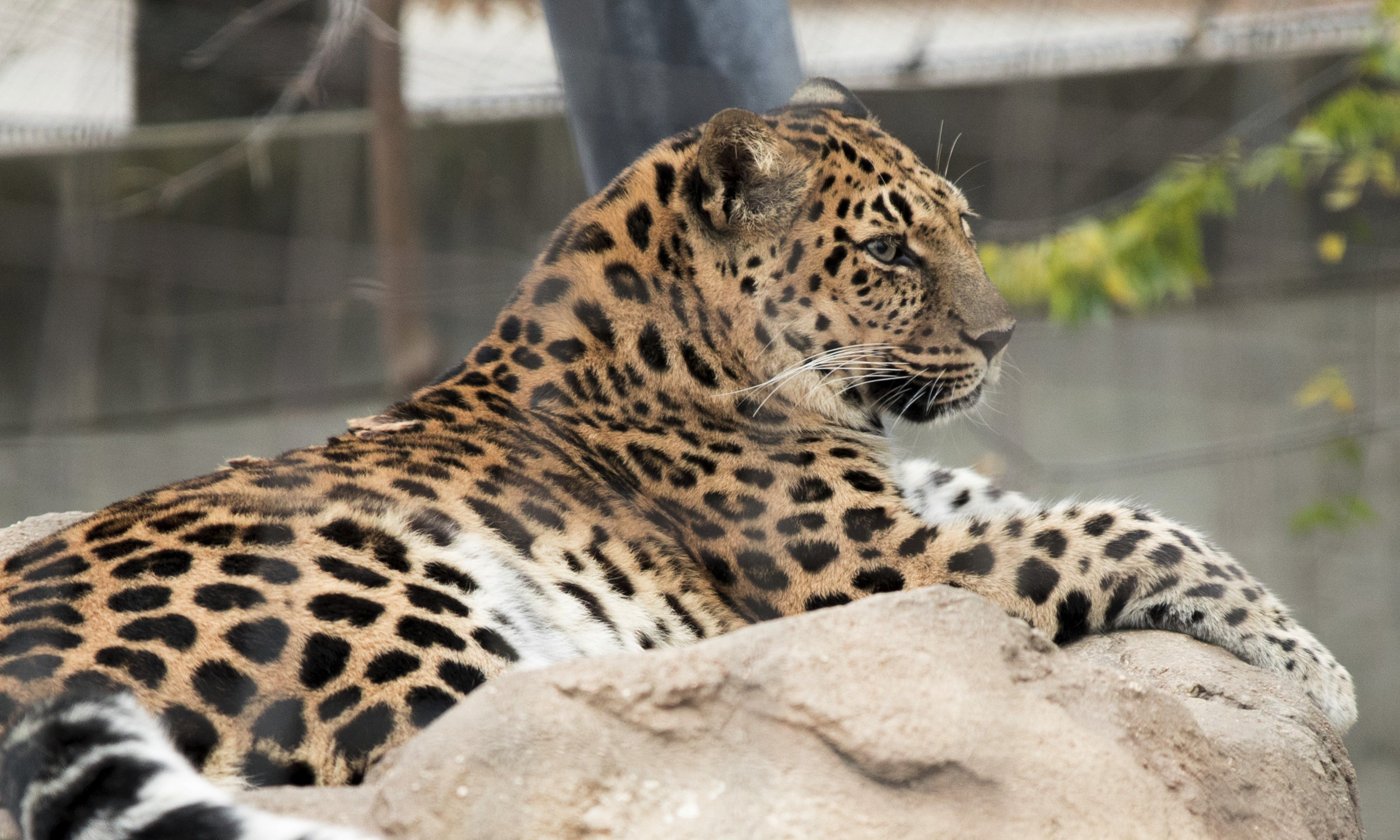
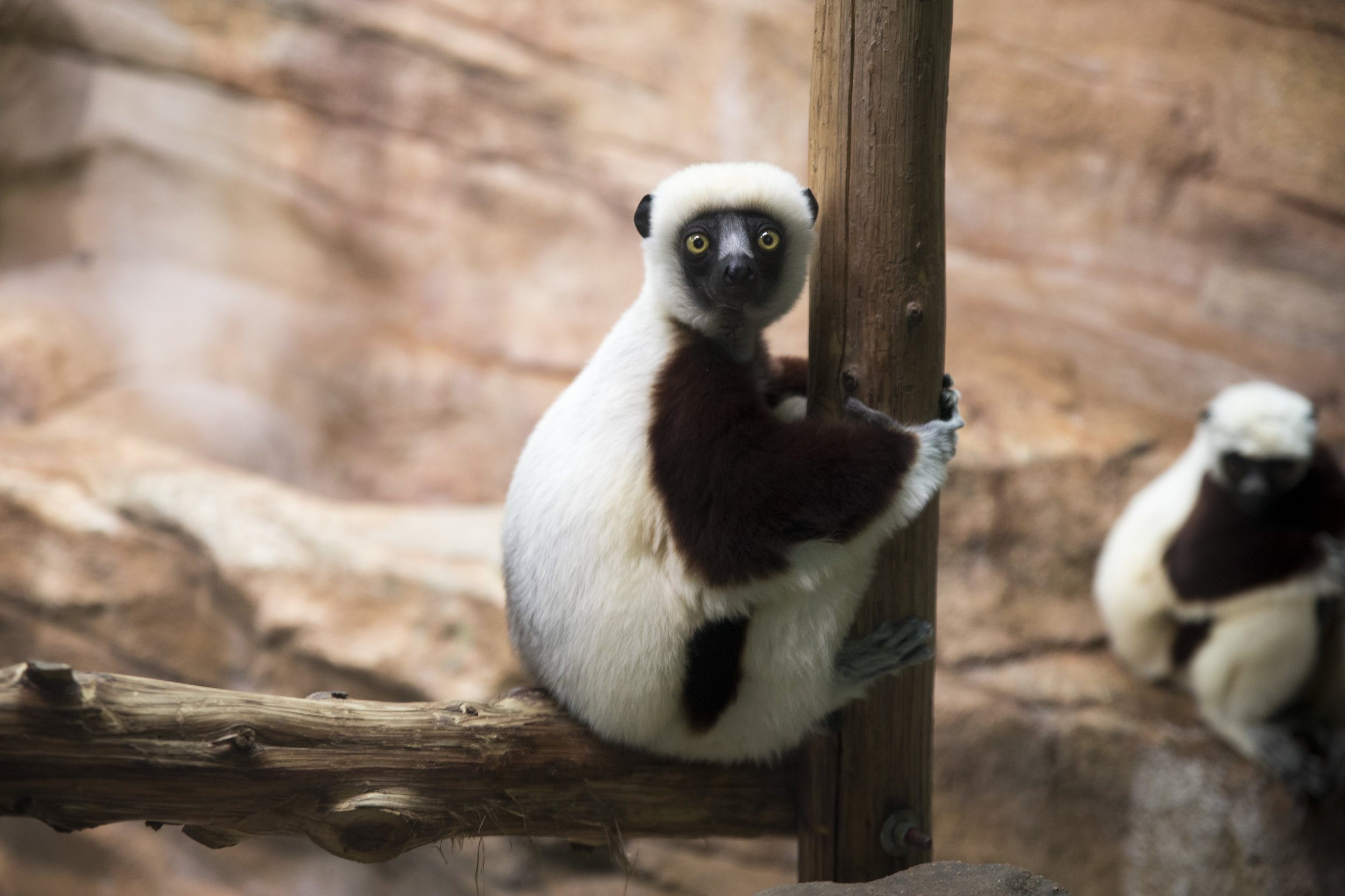
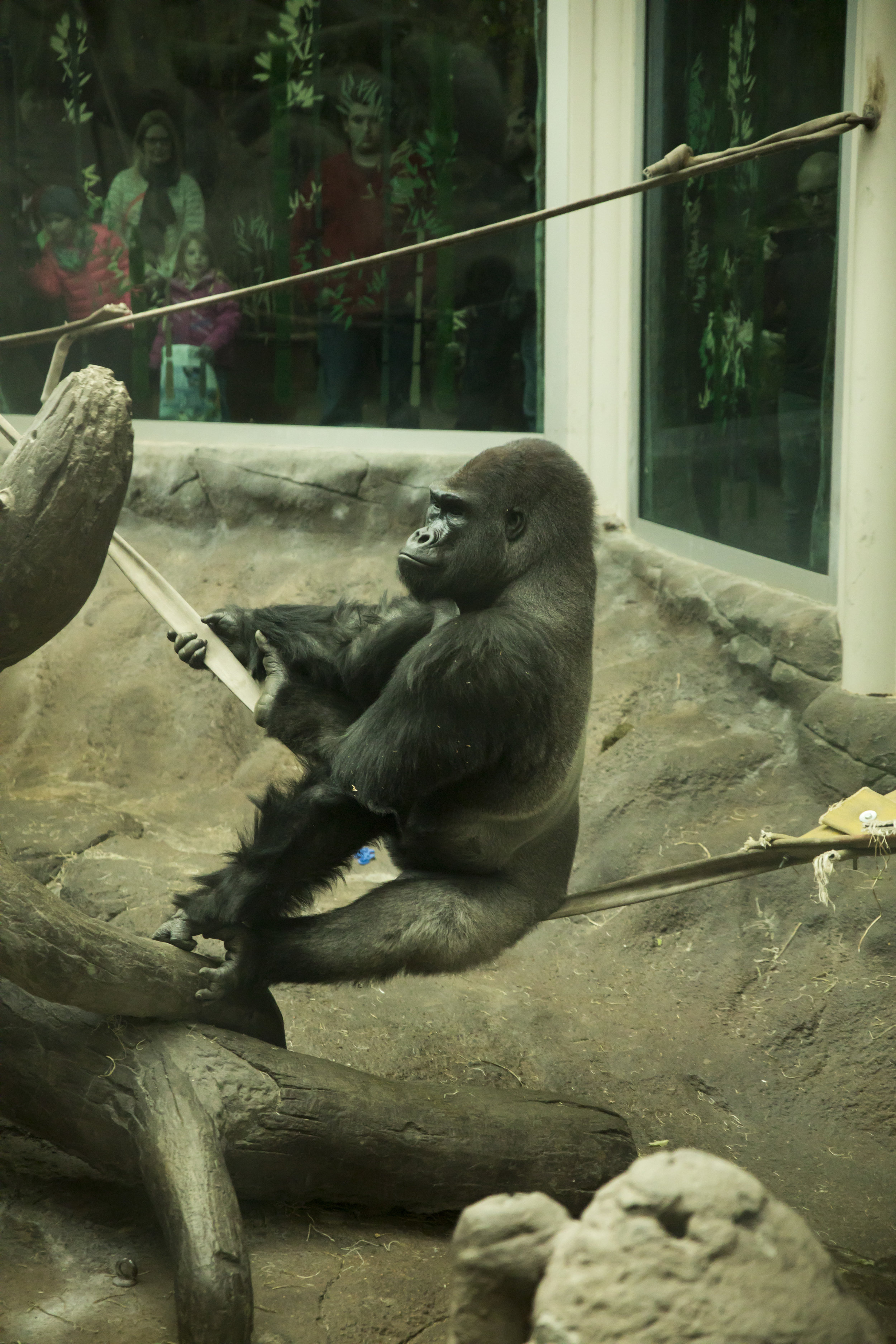
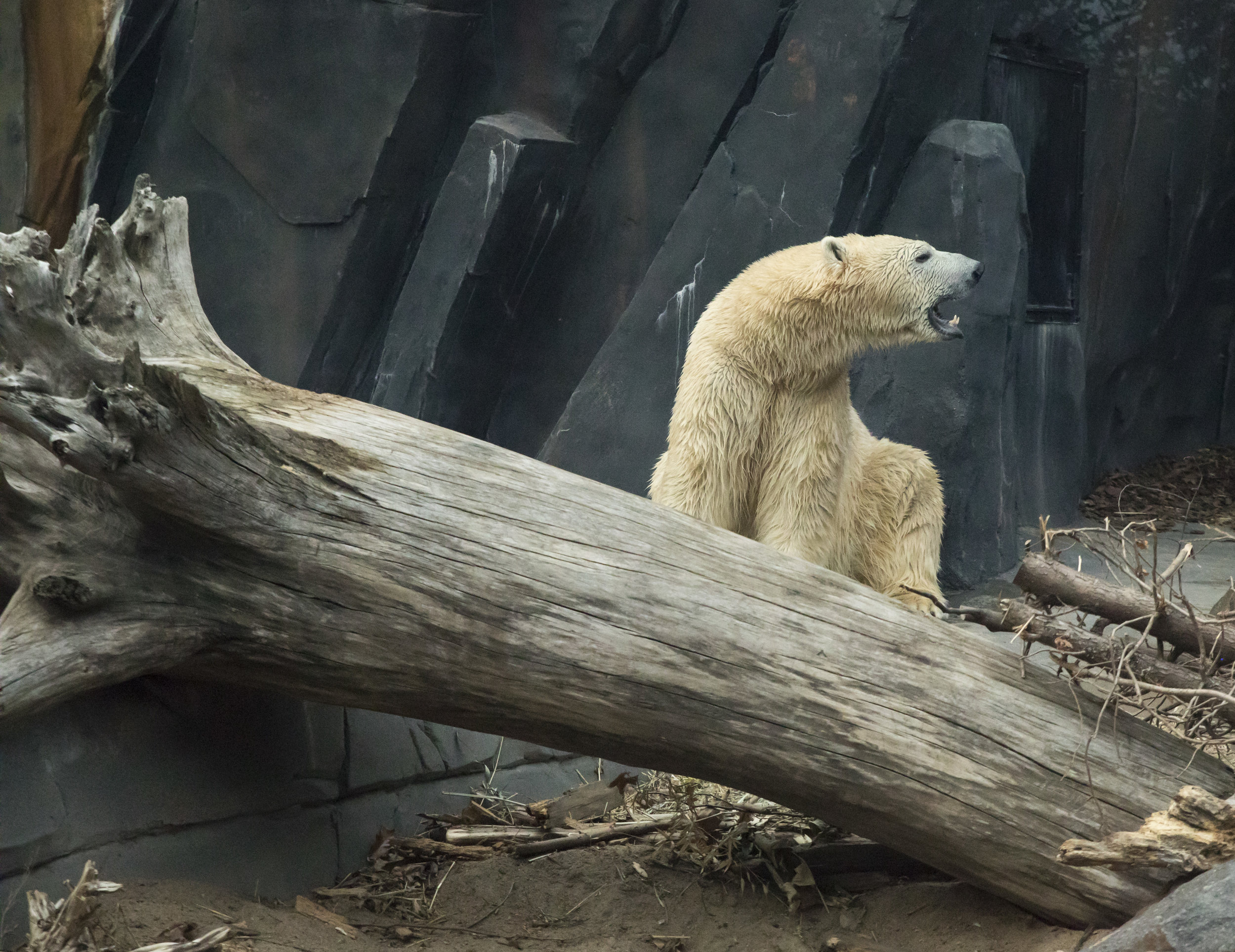
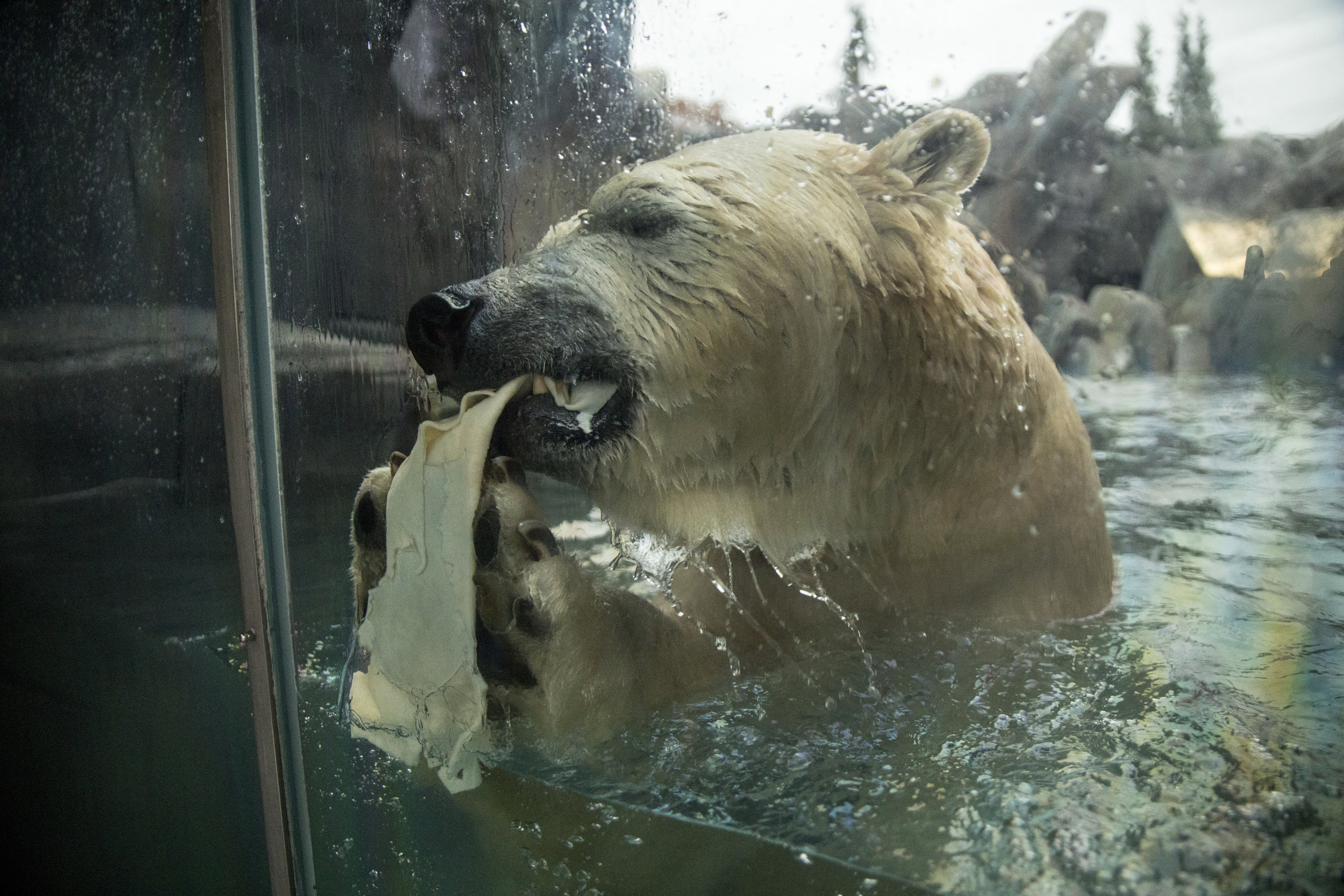

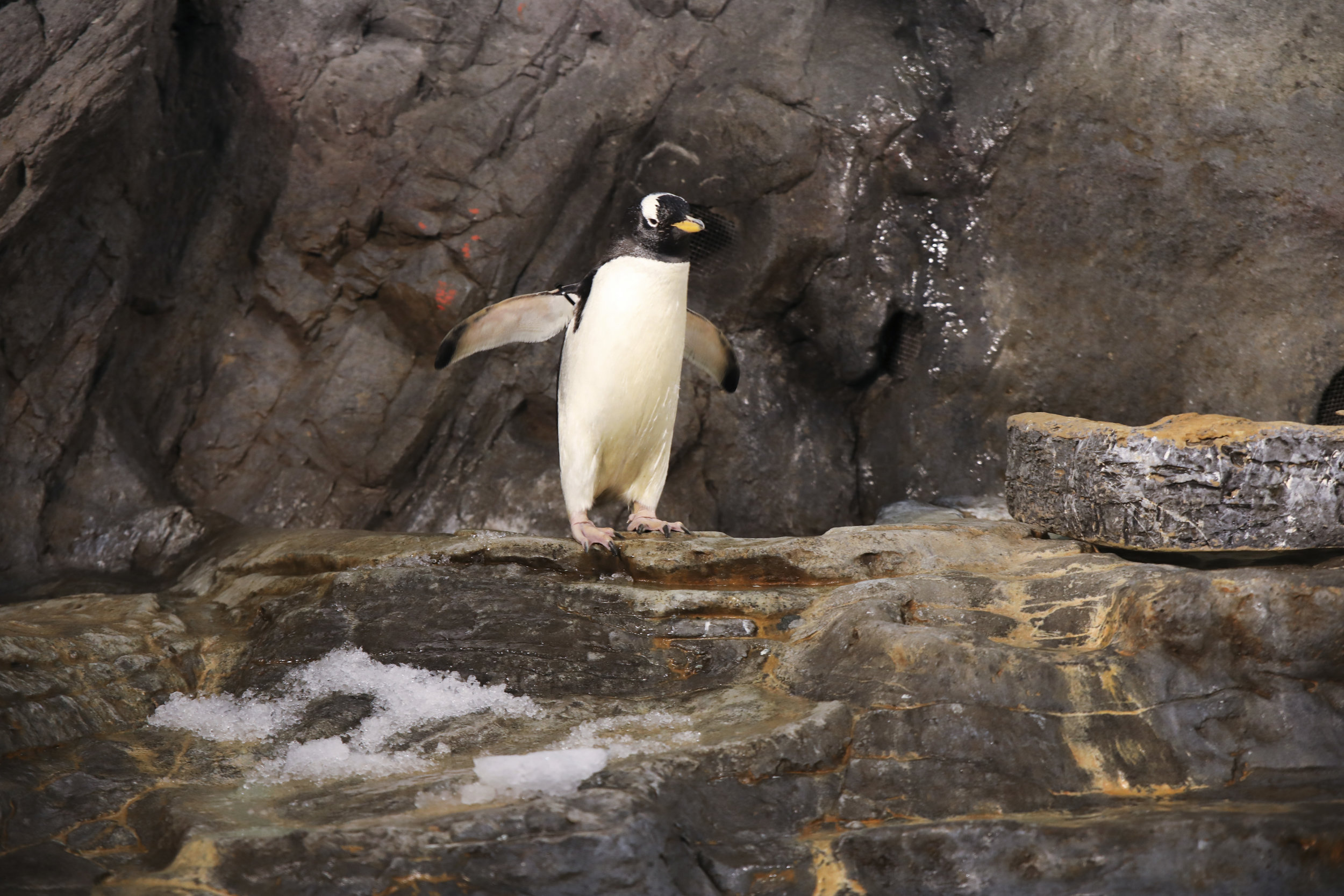
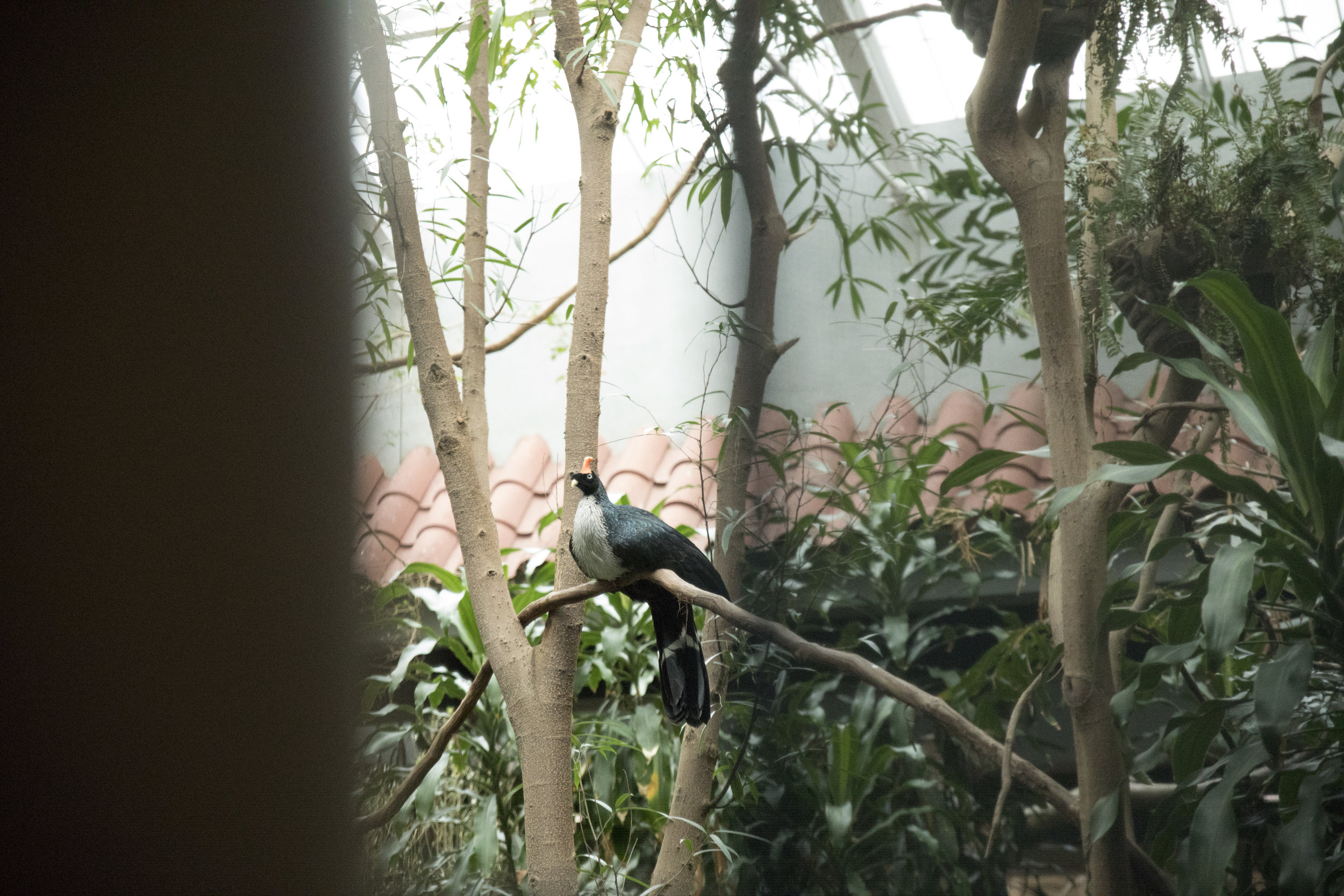

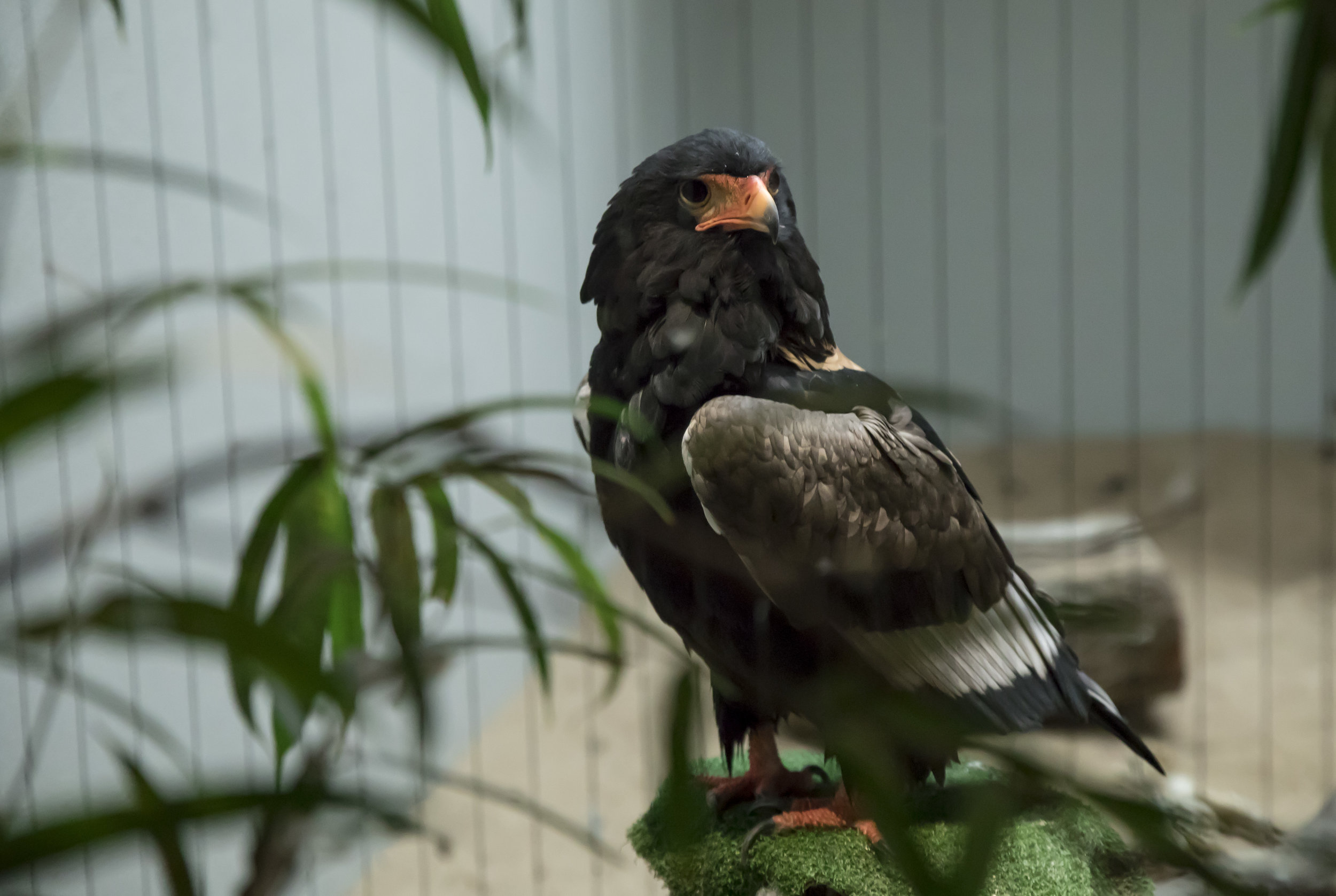
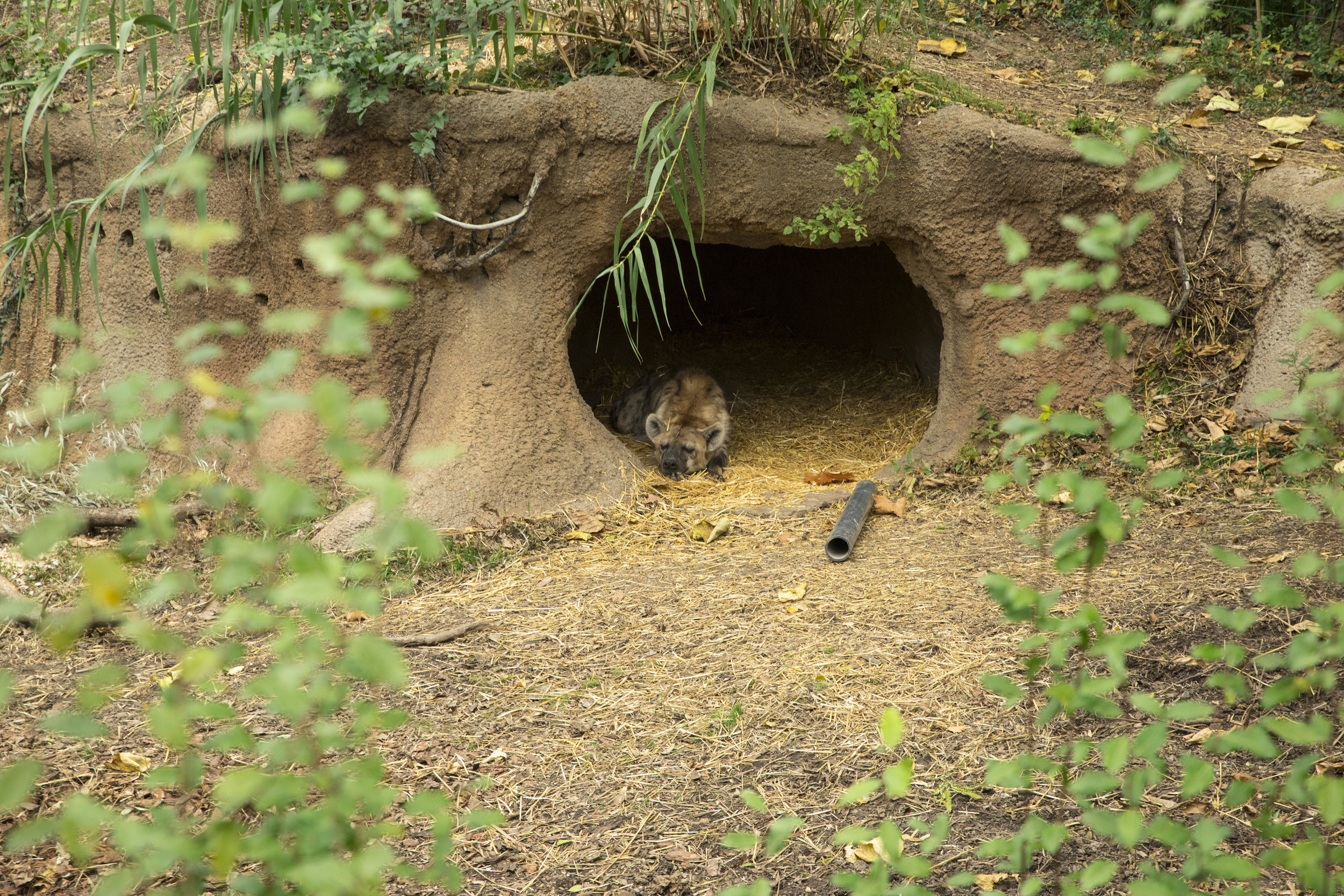
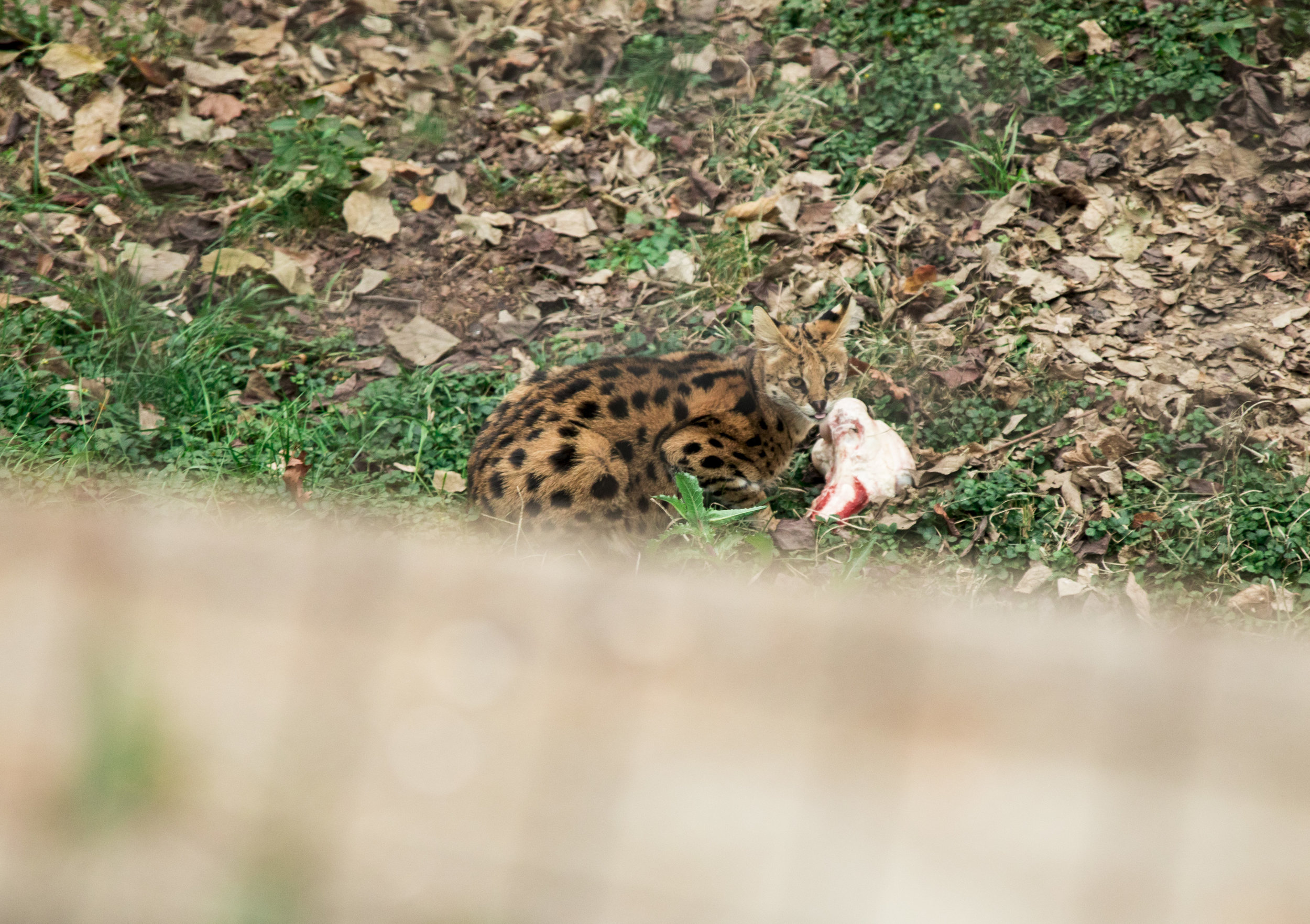
Looking to test run new photography gear this winter break? If you are, try a trip to the St. Louis zoo. For photo enthusiasts, zoo visits are the perfect place to push your gear to the max, providing a plethora of moving subjects, changing light conditions, and many barriers to nailing the shot such as distance, bars + cages, reflections, and even other zoo visitors.
Of course most animal portraits are shot with some pretty large zoom lenses. On this particular outing my goal was to see what I could get with just a standard zoom (24 - 70mm). Here’s how I overcame some of the challenges:
Tip 1: Look for eyeballs and gestures.
Animals communicate with their eyes and body language. Let their glances, gestures, and natural swagger shine through in your animal portraits. When limited with zoom, be patient. Give the animal time to wonder over. Don’t scare them off by immediately holding down the shutter. Sometimes the best shots are worth waiting for.
Tip 2: Try natural framing.
With a standard zoom lens, you may need to get creative by naturally framing your subjects. Zoo exhibits offer many opportunities for framing such as trees, foliage, columns, screens, walls, rocks, glass, and other barriers. Check out some of the photos above for ideas!
Tip 3: Avoid crowds and consider sunlight.
It’s a whole lot easier to capture amazing zoo photos when you’re not fighting crowds. Go early or late to avoid avoid them. Morning or evening hours are always better for shooting. Also, take advantage of overcast winter days! The zoo off-season is a great time to avoid crowds. You’ll have the chance to move about more freely. This hippo exhibit is always a popular place and just look how empty it was!
Tip 4: Shoot from the same plain as your subjects.
Get low! Show the vantage point of what it's like to be another pack member.
Tip 5: Show off the exhibits and atmosphere.
There’s a lot to be photographed at the zoo besides just animals. Sculptures, architecture, food, fountains, and people provide other great photographic opportunities and usually require a little less zoom.
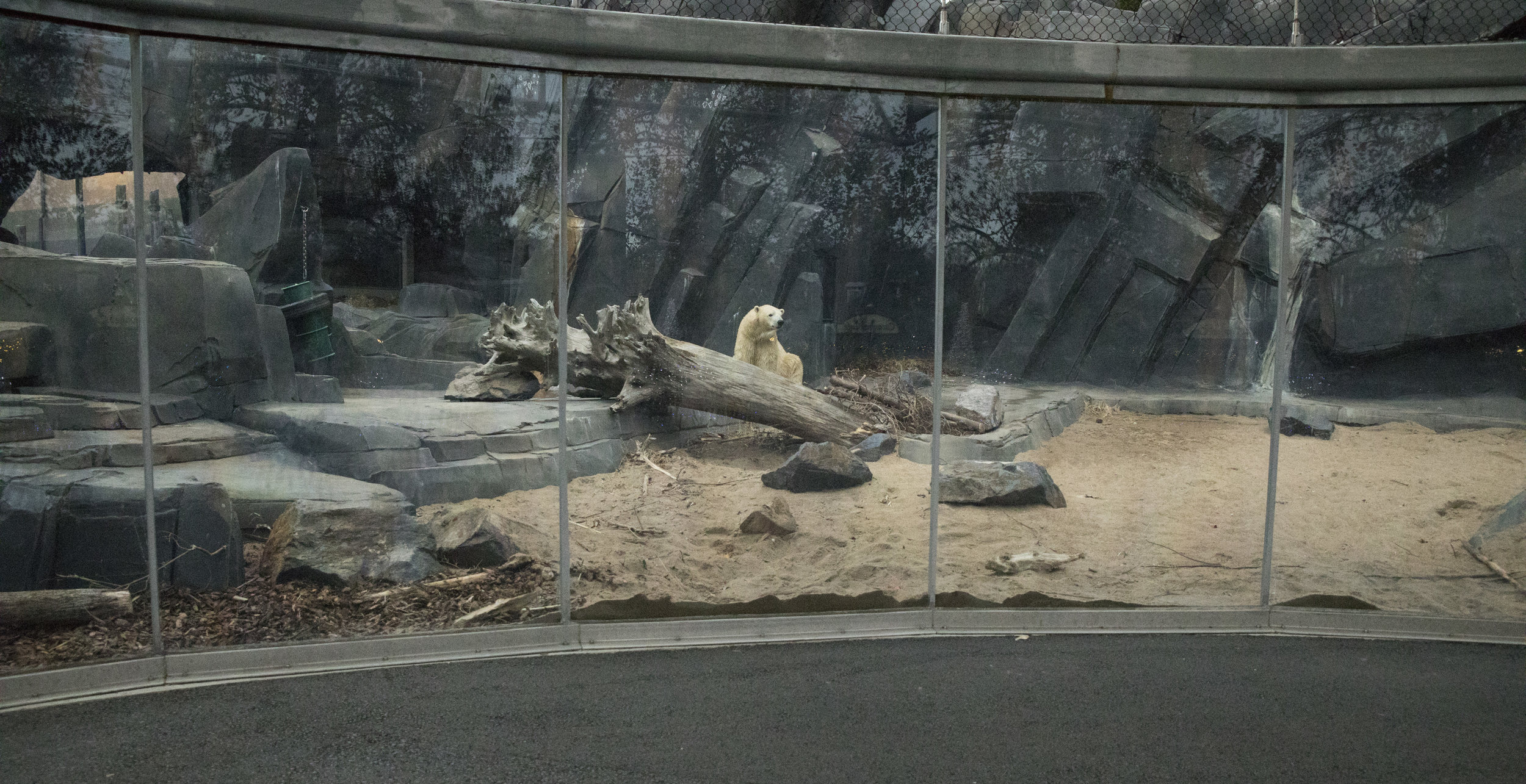
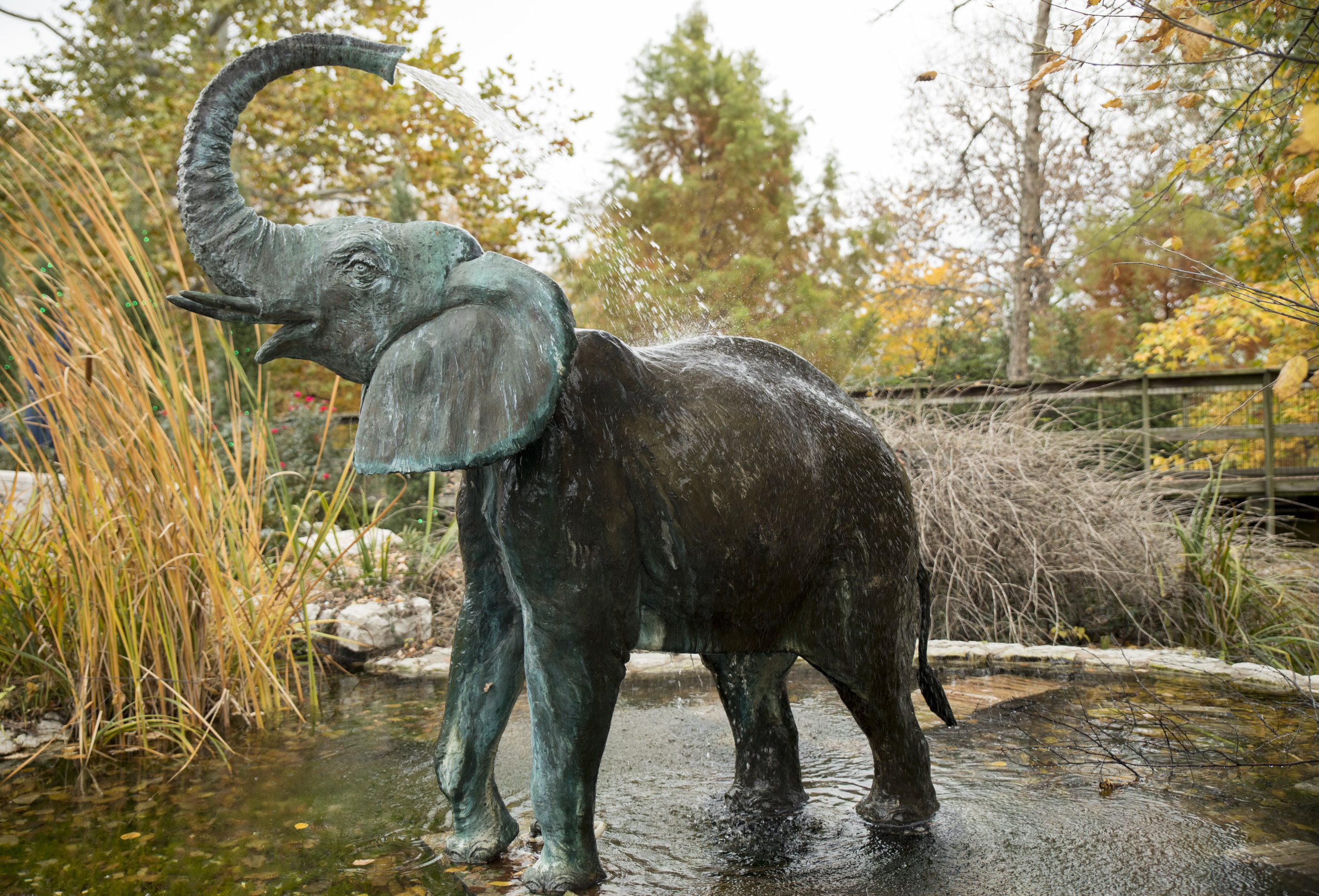
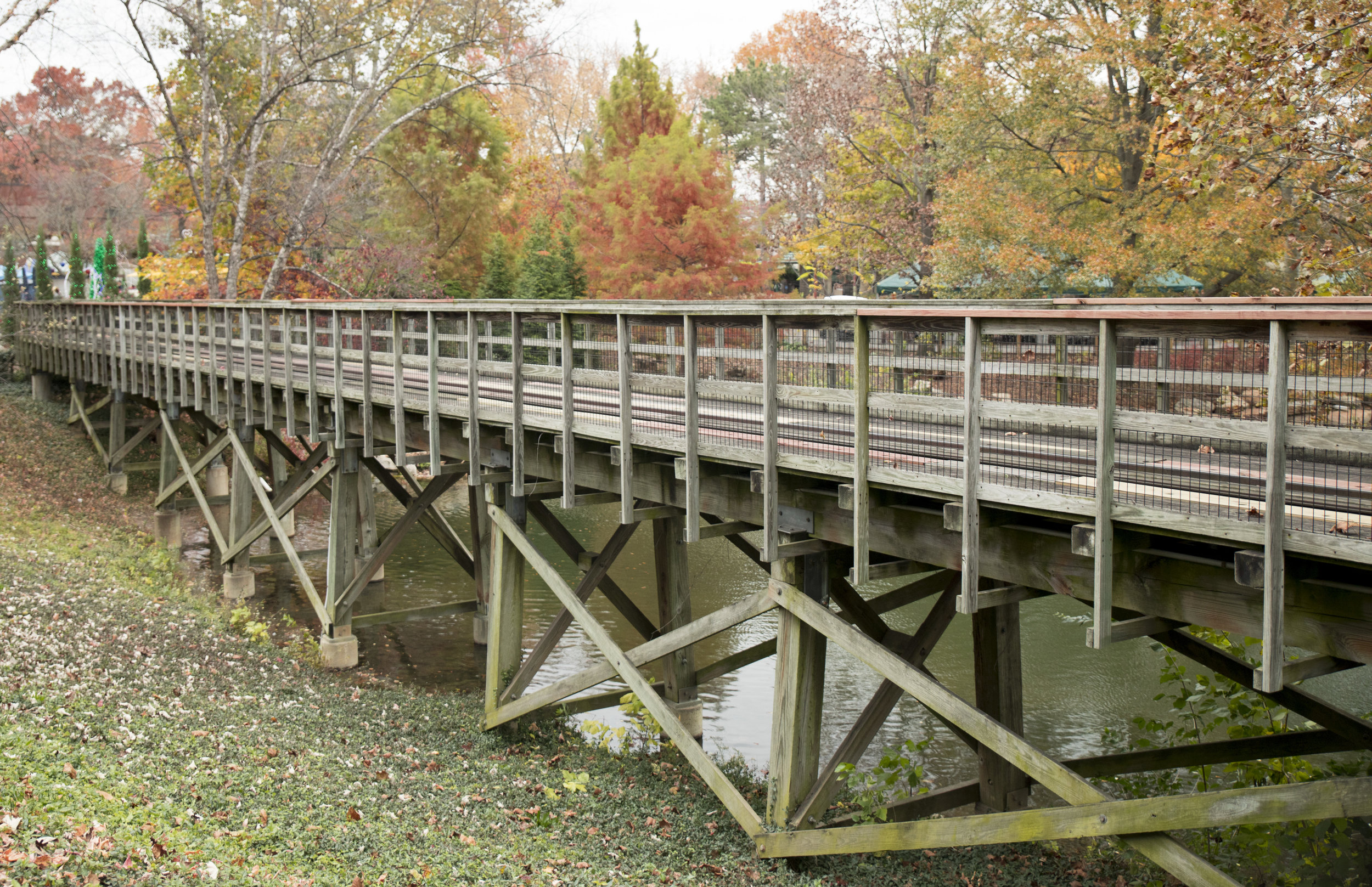
Tip 6: Don’t be discouraged by glass.
Glass reflects light. It’s a pain to shoot through. You may have to wipe away the mud or smudges, but it does allow you to get right up close to your subjects. You may even get face to face with a polar bear! So wipe those smudge marks away, get your lens perpendicular to the glass and press the shutter to your heart’s content!

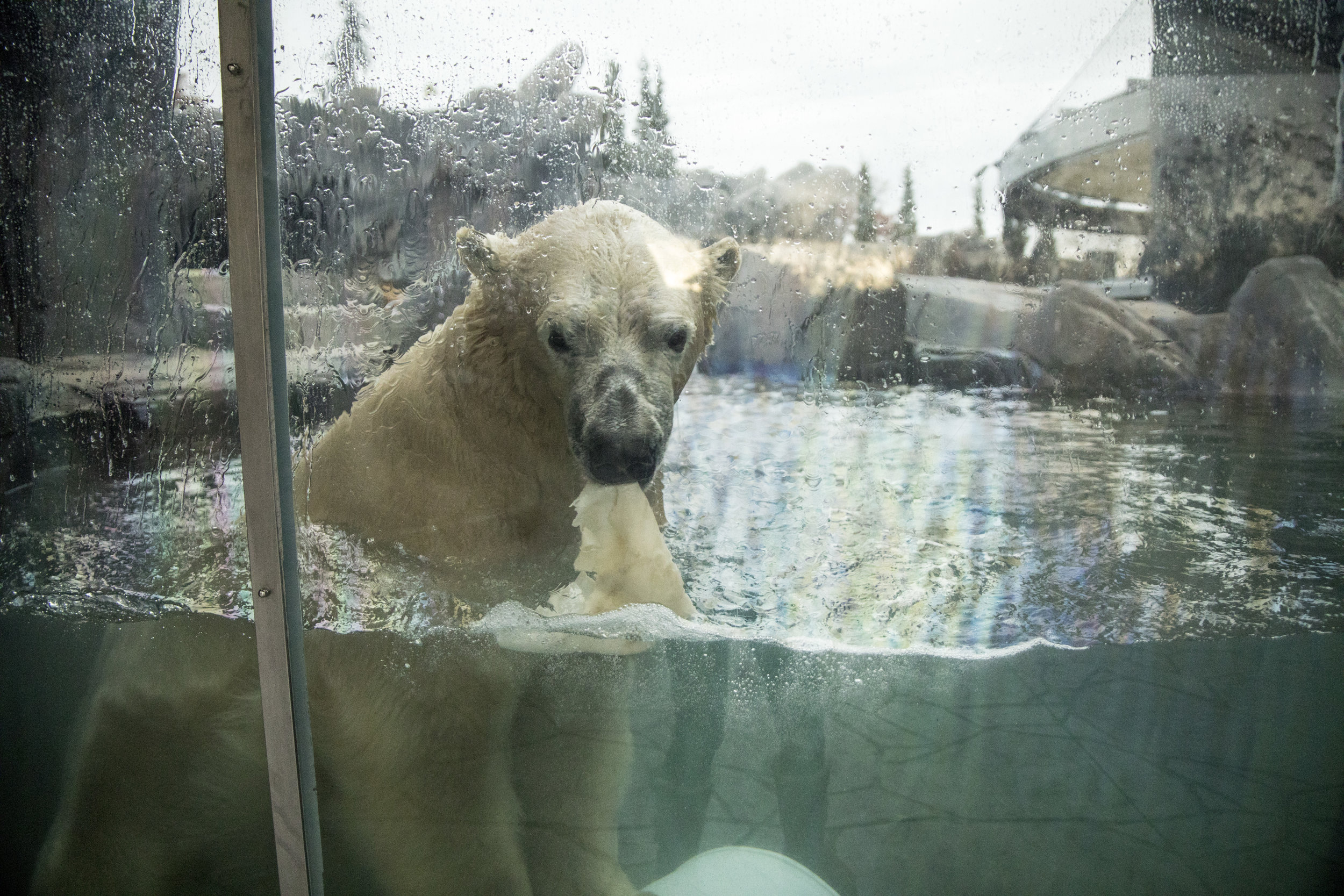
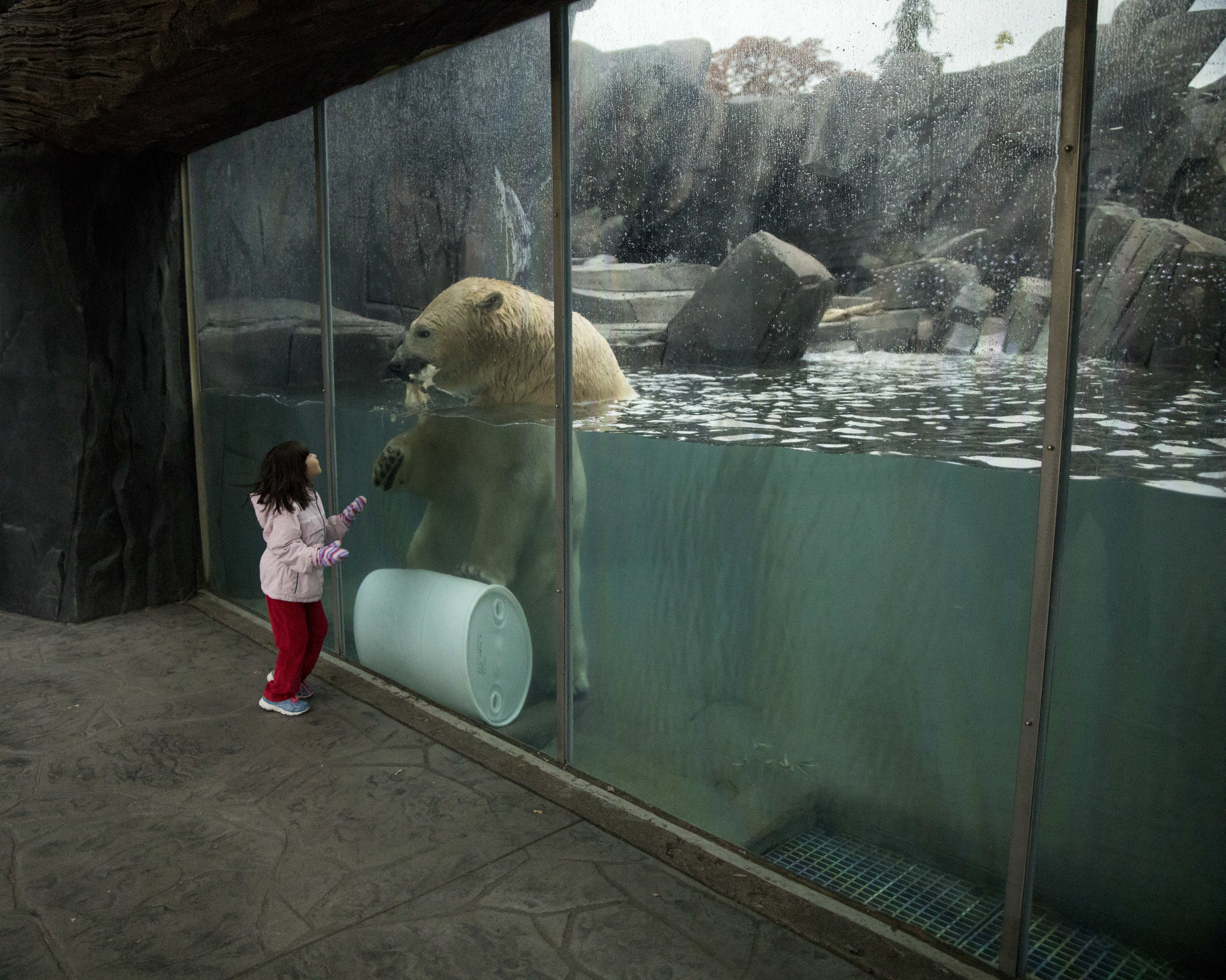
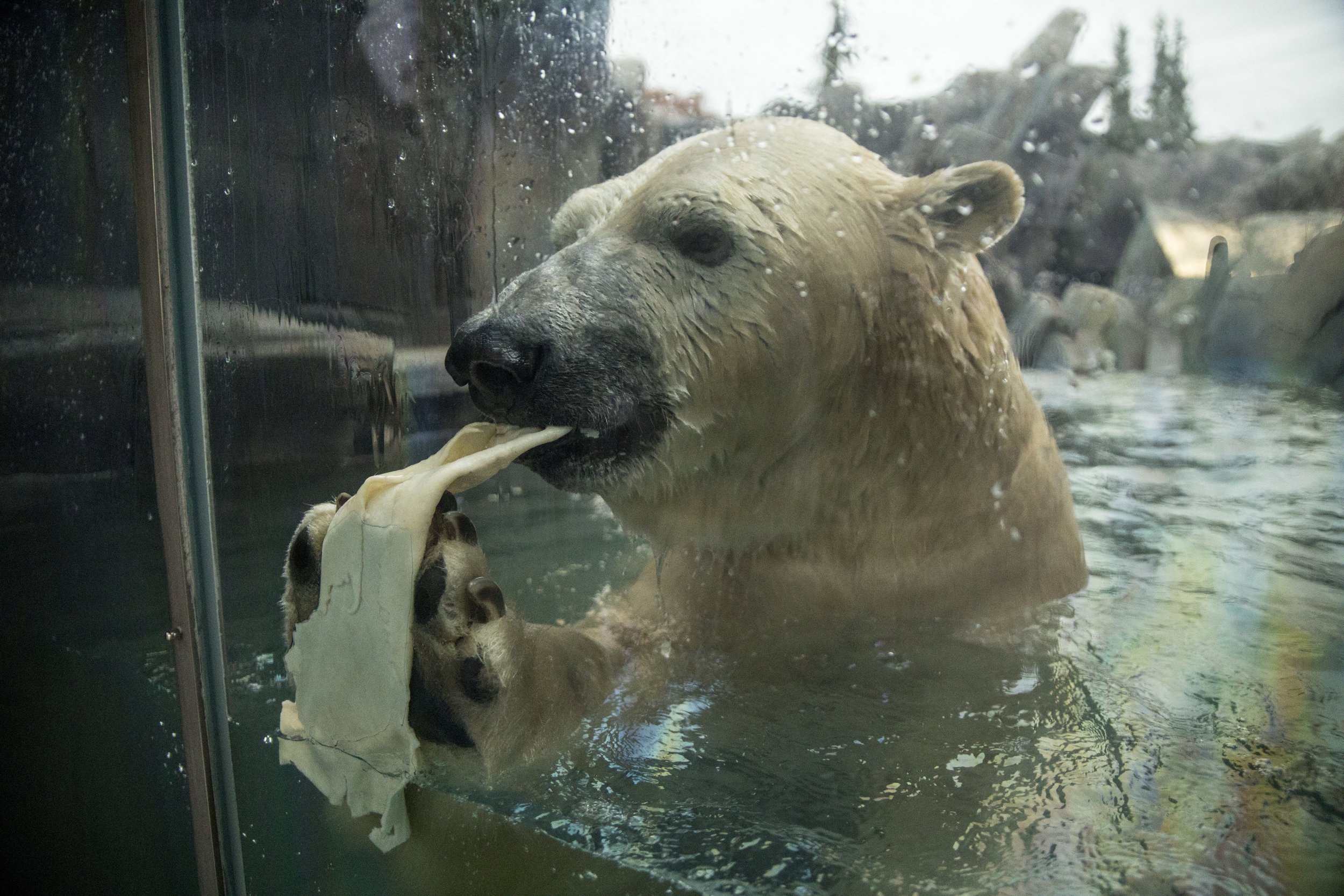
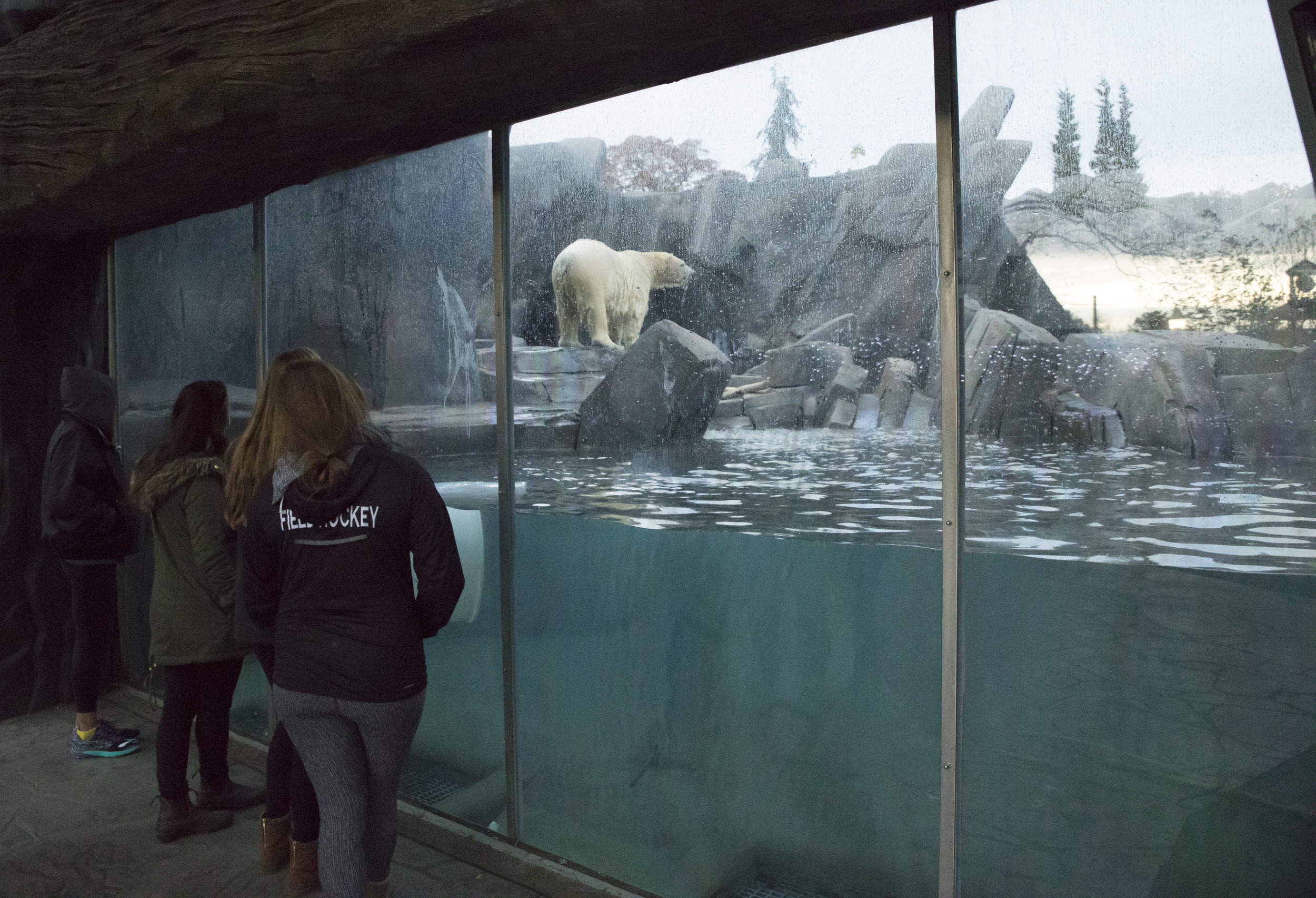
In summary, if you’re serious about getting close to your subject, a standard zoom (like my Tamron 24-70mm) isn’t cut out for all animal portraiture. You’ll be unable to close the gap with some zoo exhibits. However, it does keep your bag lighter and it may force you to think more creatively! Here's the gear I used to take the photos above:
Camera: 5d Mark IV
Filter: Tiffen 82mm Circular Polarizing Filter
Lens: Tamron 24-70mm f2.8 DI VC USC for Canon Cameras
Best Zoo: St. Louis's Zoo was recently voted Ameria's top free attraction and welcomes more than three million visitors yearly! Definitely check it out if you're ever in St. Louis.




